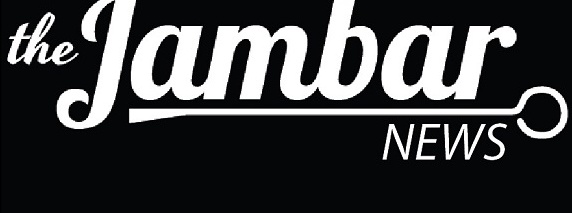By John Stran
Youngstown’s plan to build an amphitheater along the Mahoning River can be looked at as both a risk and a possible asset to the area.
The amphitheater has the possibility to bring a higher flow of money into the downtown area from people who live in and around it. This money then trickles into the businesses downtown.
If the downtown area is bustling, the workers will also spend their money there as well. This is what Albert Sumell, an associate economics professor at Youngstown State University, defined as the multiplier effect. It’s the idea of keeping money in while increasing money from outside sources.
The risk lies in the investment to build the amphitheater, a risk that will cost between $8-$9 million. There is also a risk because the amount of revenue the amphitheater may make is unknown.
Sumell said that with any investment there’s always a risk involved. But further, Sumell explained that entertainment venues are not generally a great investment.
“The economic literature suggests that new venues, whether it’s amphitheaters or sports arenas, are not a great investment,” Sumell said. “People are going to spend more money here, possibly taking away money from other local businesses.”
Sumell’s explanation was referring to a possible downfall of the amphitheater in terms of its effect on the economy of the entire downtown area. He said that it’s not going to improve employment or income in an area nor will it decrease — it’s a shift in where money is being spent.
If downtown is trying to build its reputation as an entertainment hub, then Sumell is on board with the amphitheater. He said that an outdoor arena is more likely to attract musical groups, especially in the summer months.
Sarah Jenyk, a fellow economics instructor, agrees. She sees the amphitheater as a definite crowd pleaser.
“It’s going to create an increase in traffic,” Jenyk said. “More people will be choosing to eat and drink at downtown establishments before or after an event at the amphitheater.”
Jenyk’s view contradicts the economic literature that Sumell spoke of, but she knows that spending funds have to come from somewhere.
“Spending an evening at the amphitheater may serve as a substitute for an evening out in the suburbs, drawing business out of the suburban areas.” Jenyk said.
Kelsey Klim, the director of marketing and sales at the Covelli Centre, described the amphitheater as “the missing piece of downtown”.
This “missing piece”, Klim believes, will connect the downtown area with Youngstown State University, in turn giving college students a better quality of life.
The amphitheater’s ability to turn prophet is what is unclear. The only real way to see is to wait until the amphitheater is in use.
Jenyk said that the length it takes to see if the amphitheater turns profit is based on the cost of the project and the annual income. She also said that the success determines the risk.
Sumell said profits depend on the additional number and the attractiveness of the acts that come to the venue that will then influence the size of the money spending crowd.
If the amphitheater does not initially project like city would hope, the expanding downtown area could give it a little nudge.
“There’s a momentum downtown,” Sumell said. “From the new restaurants, the plans to open up a Doubletree hotel and the expansions of Youngstown State and the Youngstown Business Incubator are all ways of improving the reputation of the downtown that some still look negatively at.”
The risk to some appears to be worth it. This vision of a modernized downtown with a hint of Youngstown’s booming history seems to making the decision that much simpler.
“It is encouraging to see downtown Youngstown develop a vacant area into a park and amphitheater,” said Jenyk. “Hopefully they can draw in crowds for events downtown.”
